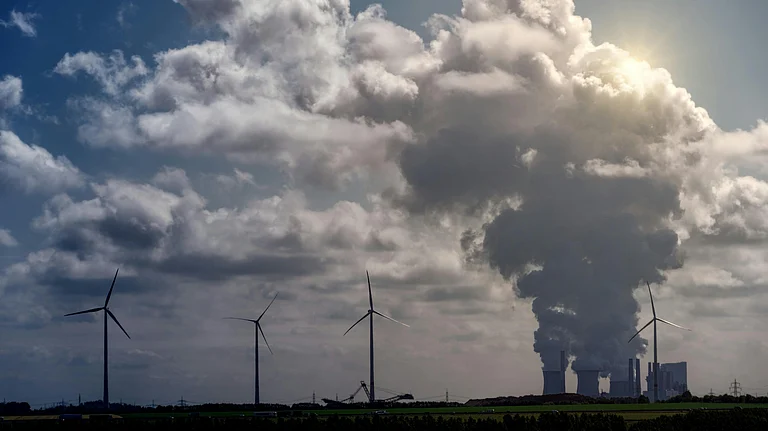India is poised to reach its ambitious target of 500 GW of renewable energy by 2032, about two years later than planned, said Eduard Sala de Vedruna, Head of Research, Energy Transition, Sustainability and Services, S&P Global Commodity Insights on Thursday.
India Could Hit 500 GW RE Target by 2032, Not 2030: S&P
Despite grid constraints and supply chain uncertainties, India's race to 500 GW of RE capacity may fall short by just a few years, according to S&P
While talking to Outlook Business, he said, “That’s a very ambitious target — but I don’t think it’s entirely realistic. If I recall correctly, the previous target was 450 GW by 2030, and before that, there was a 175 GW target by 2022, which India did not fully meet. Now the bar has been raised further to 500 GW.”
India has set its sights high in the global clean energy race, aiming for 500 GW of non-fossil fuel capacity by 2030, including an ambitious 280 GW from solar alone.
“The supply chain is constrained. If you look at the current pace, solar additions are around 25 GW per year. When you do the math, it's clear that scaling up drastically from this level will be challenging,” says Eduard while discussing the reasons for the shortfall.
He added that there are issues with grid infrastructure — how quickly and efficiently we can connect this new capacity to the grid. Project financing could also be a limiting factor in some cases.
Vedruna believes that despite the progress, India's energy sector faces several challenges. “Infrastructure constraints, financial health of distribution companies, and regulatory hurdles are some of the key issues that need to be addressed. Additionally, there is a need for significant investment in grid modernisation and energy storage solutions to support the integration of renewable energy.”
He also emphasised that the government's supportive policies, coupled with advancements in technology, are creating a conducive environment for private sector participation. Smart grids, electric vehicles, and energy-efficient technologies are areas with significant potential.

